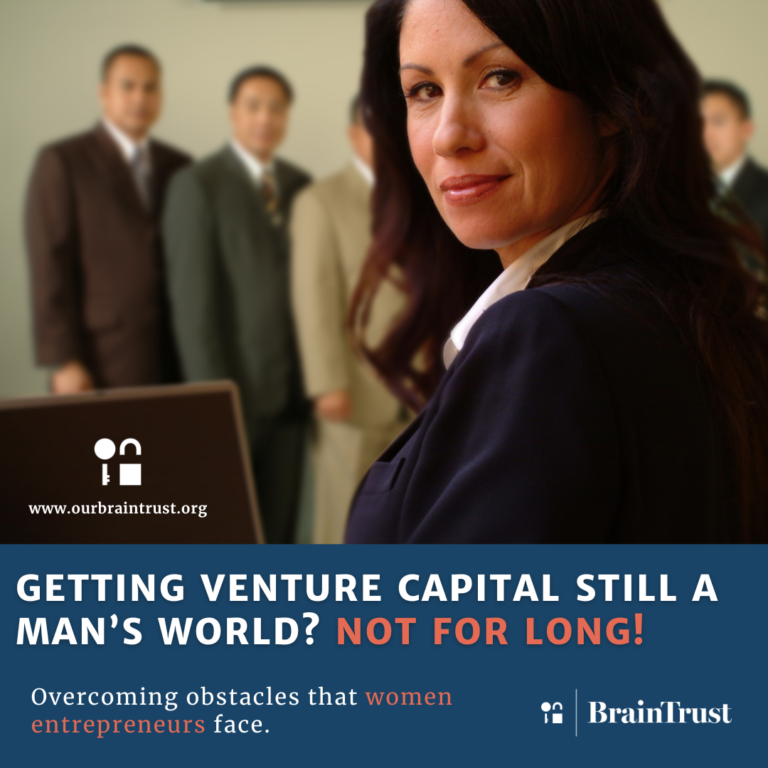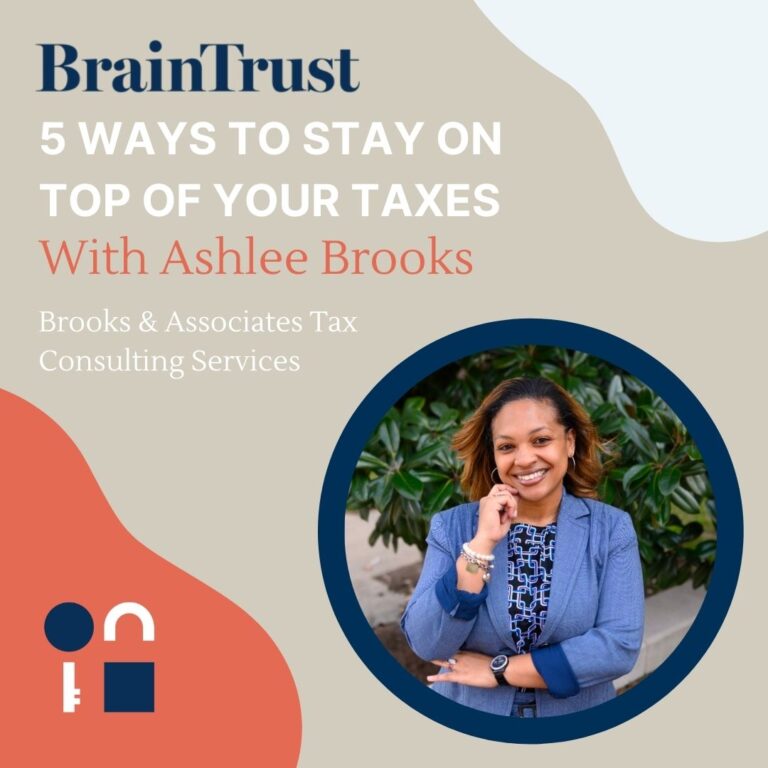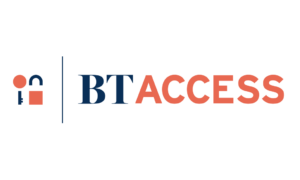CAN SHARING THE PROFIT MAKE YOU MORE PROFITABLE?
WRITTEN BY SHERRY DEUTSCHMANN
Can you make more money by giving it away? Yes! Investing in your employees causes a chain of actions and reactions that perpetually create even more profit!
When I started my own business competing with my former employer, I set out to create a culture that would be healthy, happy, and where every employee felt like the company was theirs. As a single mom with only a high school education and no formal business training, I pondered HOW to make that happen – how to ensure that everyone had a vested interest in our success, something that would keep them from becoming complacent…or worse.
How about a profit-sharing plan? After hours of research, I rejected the typical corporate plans for a few reasons. First, most are based on a percentage of salary – the higher your salary, the greater your share of the profits. Second, the majority of plans allow for annual distribution, not monthly. Finally, the net result, the actual distribution, seems more like an entitlement unconnected to recent performance.
For those reasons, I rejected the traditional plan and came up with my own—the single best business idea I ever had! It was a profit-sharing plan unlike any other, one that changed behavior because it connected the dots between an employee’s actions and the company’s bottom line, thereby creating greater profitability. Here’s the plan I developed…
Once a month, we’d gather all the employees together for a review of the previous month’s financials. We showed them how much revenue we brought in and showed them how much profit we made, and then we’d discuss the factors involved. When we had a really good month (because everything went according to plan and everyone did their part) the results would show it. And when the month wasn’t so good, we’d discuss why. We knew where we’d screwed up and what to change to get back on track. There was a direct association between actions (or inaction) and the bottom line.
Next, we’d take 10% of the net profit and distribute it EVENLY among all employees, regardless of title. That meant that the CFO received the same amount as the receptionist. Say, for instance, we had a month with $200,000 in net profit, then we’d have $20,000 to share among the 50 of us, so each of us would get $400.
Why was the split equal? Doesn’t it seem like the executive team members should have made more money? Listen…they already DID! They had a higher salary. The profit share was split evenly to let each person know that they were just as important as everyone else when it came to our reputation for delivering high quality service. If you think I’m wrong about that, then just think about the last time a clerk in a coffee shop or an expensive boutique ignored you, leaving you to fend for yourself. How did that make you feel about the brand they represented? Do you think the custodian shouldn’t get an equal share? That their work isn’t that crucial? How eager are you to go back to a restaurant when you see how dirty their restrooms were? Every person and every role matters! You’ll have a hard time convincing me that any one member of the team is more important…or less important than any other. And that’s why we shared our profits equally.
The third factor that made our profit share a game changer was that we received a paper check, all at the same time, handed out right there at our monthly meeting. Though we could have just added the amount to the regular payroll, the physical act of holding that check, of tearing it open, was part of the fun and the reward. You know why? Because WE did it, WE worked together to craft that profit and WE shared it equally. Whether the checks we received were for $50 or $500, the celebration was just as loud, just as real.
How did the profit-sharing change behavior? Much of the change came from the transparency of the process. When we shared the financials openly, it gave the employees critical understanding of how we made money, thereby giving them insight into their own role and how it could be used to effect change. If you’re an entrepreneur, then the money-making part of the equation comes naturally to you: it’s part of our DNA. But for countless others, they don’t think that way automatically, until you show them why it matters to them and how it can impact their quality of life. Then, they’re all in. Now, through their actions, they have the power to make better decisions and the confidence in their own ability to be part of the solution.
The profit-sharing also incited thoughtfulness. I recall a time where a department was asking for two additional people, claiming they just couldn’t handle the increasing workload. (We were named an Inc. 5000 company for ten consecutive years, so we were constantly growing). I approved the notion of hiring a few more people but asked the manager if he’d considered how the profit share would be affected – divvying up the profit with two more people. The next morning, he bounded happily into my office to tell me he’d worked out the shifts and the workload and that only one person was needed! He and his team found ways to be more efficient, allowing us to scale. Allowing us to be more profitable, with all of us benefitting.
If the job market in your town is as tight as it is in Nashville, you’ll be thrilled with the way the profit share attracts and retains the very best people. Think they’re going to be lured away when you’re investing in them by sharing the profits? Not a chance!
If you hesitate to consider giving up some of your profit, you’re looking at it the wrong way. You’re not GIVING anything. This is an INVESTMENT. If you invest 10% of your profit back into your team, they’ll help you grow that pie! It’s the best ROI you’ll ever receive. Connect the dots: Fully engaged employees with a vested interest in the company’s success take better care of the customer. That creates loyalty with the customer, which then translates into higher profitability. The better the profit, the better the reward for ALL stakeholders.
So, what were the end results for my company, LetterLogic? We were able to grow to $40M in annual revenue with about 50 people. And even though we ploughed that 10% back into the team every month, we were still able to grow and scale beautifully.








